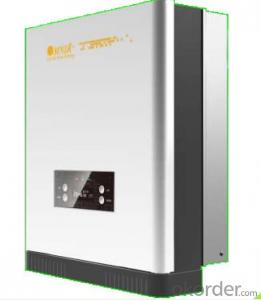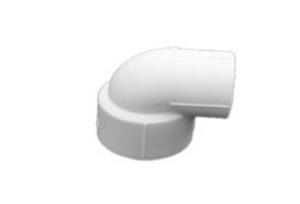Havells On Grid Solar Inverter
Havells On Grid Solar Inverter Related Searches
Led Light Bulbs For Ceiling Fixtures Led Lamps For Ceiling 42 In Ceiling Fan With Light Parts For Light Fixtures Light Projector For Christmas Grill With Led Light Bar Hanging Lights For Kitchen Bar Ceiling Lights For Sitting Room Ceiling Brackets For Lights Ceiling With Led LightsHot Searches
Aluminium Wire Mesh Manufacturers India Ceiling Fan Lowest Price Aluminium Scaffold Planks Sale Aluminium Walkway Mesh Prices Aluminum Bar Stock For Sale High Mast Light Price List Solar High Mast Light Specification High Mast Light Specification 6061 Aluminum Bar Stock Price Aluminum Bar Stock Price Stage Light Price Solar Inverter Fault Light Led Light Manufacturers Aluminum Round Bar Stock Sizes Aluminum Round Bar Stock Near Me Ceiling Fan Lowest Price Aluminum Flat Bar Stock Near Me Aluminum Bar Stock Sizes Aluminum Bar Stock Suppliers Aluminum Bar Stock Near MeHavells On Grid Solar Inverter Supplier & Manufacturer from China
Okorder.com is a professional Havells On Grid Solar Inverter supplier & manufacturer, offers integrated one-stop services including real-time quoting and online cargo tracking. We are funded by CNBM Group, a Fortune 500 enterprise and the largest Havells On Grid Solar Inverter firm in China.Hot Products
FAQ
- No, a solar inverter cannot be used with different types of batteries. The compatibility of a solar inverter depends on the specific battery chemistry it is designed to work with. Using an incompatible battery type can lead to inefficient energy conversion and potential damage to both the inverter and the batteries. It is essential to ensure that the solar inverter is compatible with the specific battery type before installation.
- Yes, a solar inverter can be used in low light conditions. However, the efficiency of the solar inverter decreases as the amount of available sunlight decreases. Therefore, it may not be as effective in converting solar energy into usable electricity in comparison to bright sunny conditions.
- The maximum efficiency rating of a solar inverter can vary depending on the model and manufacturer, but typically it ranges from 95% to 98%.
- To calculate the maximum power point tracking (MPPT) efficiency for a solar inverter, you need to compare the actual power output of the inverter with the power that could be potentially generated from the solar panels at their maximum power point (MPP). The efficiency can be determined by dividing the actual power output by the maximum power that could be obtained.
- The typical installation process for a solar inverter involves several steps. First, a suitable location for the inverter is identified, usually near the solar panels. The inverter is then mounted securely on a wall or other structure. Next, the DC wiring from the solar panels is connected to the input terminals of the inverter, ensuring proper polarity. The AC output terminals of the inverter are then connected to the electrical panel of the building, often through a dedicated circuit breaker. Finally, the inverter is connected to the monitoring system to track its performance and ensure optimal energy production. It is important to follow the manufacturer's instructions and consult a professional electrician to ensure a safe and efficient installation.
- Yes, a solar inverter can be used with a solar water pumping system. A solar inverter is responsible for converting the DC power generated by solar panels into AC power that can be used to operate various appliances or systems. In the case of a solar water pumping system, the solar inverter converts the DC power from the solar panels into AC power to run the pump, enabling the system to function effectively.
- Yes, solar inverters are compatible with smart home systems. Many modern solar inverters come with built-in communication capabilities, such as Wi-Fi or Ethernet connectivity, which allow them to integrate seamlessly with smart home systems. This enables homeowners to monitor and control their solar energy production, consumption, and storage through their smart home devices or applications.
- Yes, a solar inverter can be used in a mobile or portable solar system. In fact, portable solar systems often include solar inverters to convert the direct current (DC) power generated by solar panels into alternating current (AC) power that can be used to run electrical devices or charge batteries. This allows for the convenience of using solar energy on the go, making it ideal for camping, outdoor activities, and emergency power needs.












































